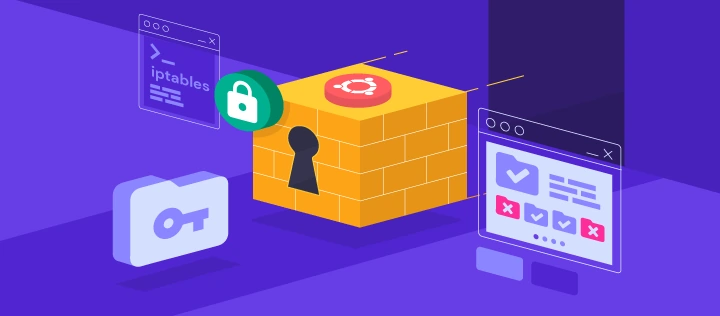JavaScript Cryptography using RSA-OAEP
In today’s digital world, secure communication is paramount. This post dives into a JavaScript implementation using the Web Cryptography API RSA-OAEP algorithm to achieve this by:
1. Generating a Key Pair
The generateKeyPair function creates a key pair using the RSA-OAEP algorithm
with a 1024-bit modulus and SHA-256 hash. Both the public and private keys are
marked as extractable, allowing them to be exported for later use. The function
then exports the keys in SPKI (public key) and PKCS8 (private key) formats and
returns them.
async function generateKeyPair() {
const keyPair = await crypto.subtle.generateKey(
{
name: "RSA-OAEP",
modulusLength: 1024,
publicExponent: new Uint8Array([0x01, 0x00, 0x01]),
hash: "SHA-256",
},
true,
["encrypt", "decrypt"],
);
const publicKeyJwk = await crypto.subtle.exportKey("spki", keyPair.publicKey);
const privateKeyJwk = await crypto.subtle.exportKey(
"pkcs8",
keyPair.privateKey,
);
return { publicKeyJwk, privateKeyJwk };
}
2. Encrypting a Message
The encrypt function takes a public key, a message string:
async function encrypt(publicKeyJwk, message) {
const importedPublicKey = await crypto.subtle.importKey(
"spki",
publicKeyJwk,
{
name: "RSA-OAEP",
hash: "SHA-256",
},
true,
["encrypt"],
);
const encrypted = await crypto.subtle.encrypt(
{ name: "RSA-OAEP" },
importedPublicKey,
new TextEncoder().encode(message),
);
return encrypted;
}
3. Decrypting an Encrypted Message
The decrypt function takes a private key and an encrypted message. Similar to
encrypt, it imports the private key and decrypts the message using RSA-OAEP:
async function decrypt(privateKeyJwk, message) {
const importedPublicKey = await crypto.subtle.importKey(
"pkcs8",
privateKeyJwk,
{
name: "RSA-OAEP",
hash: "SHA-256",
},
true,
["decrypt"],
);
const decrypted = await crypto.subtle.decrypt(
{ name: "RSA-OAEP" },
importedPublicKey,
message,
);
return decrypted;
}
5. Running the Code
The provided code demonstrates the usage by generating a key pair, encrypting a message and descrypting message:
(async () => {
const { publicKeyJwk, privateKeyJwk } = await generateKeyPair();
console.log("generateKeyPair: ", publicKeyJwk, privateKeyJwk);
const encypted = await encrypt(publicKeyJwk, "hello");
console.log("encypted: ", encypted);
const decrypted = await decrypt(privateKeyJwk, encypted);
console.log("decrypted: ", decrypted, new TextDecoder().decode(decrypted));
})();
Important Considerations:
- Key management is crucial. Store private keys securely and avoid transmitting them over insecure channels.
- Error handling is limited in this example. Implement proper error handling for real-world use.
Conclusion
By implementing secure communication techniques like this, you can ensure the confidentiality and integrity of your data, especially when dealing with sensitive information.
Further Reading
Latest blog posts
Explore the world of programming and cybersecurity through our curated collection of blog posts. From cutting-edge coding trends to the latest cyber threats and defense strategies, we've got you covered.

